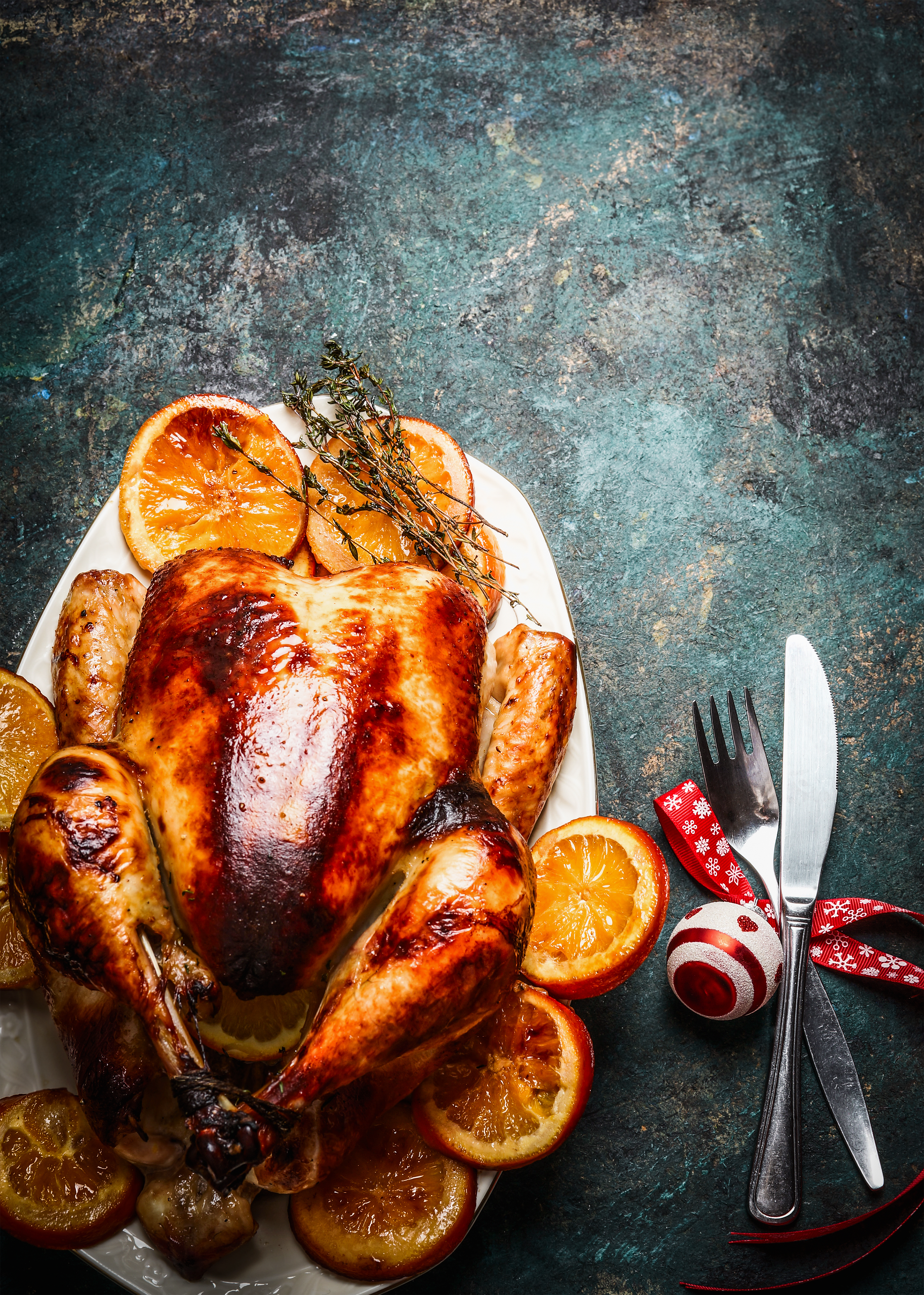Winter is coming – but don’t let that fill you with despair
The temperature has plummeted, mornings are darker and the days are getting shorter. But it’s bulking season.
It makes sense to focus this period in the gym on beefing up. As the seasons drift from autumn into winter, habits change. People drink more, eat more and move less.
This doesn’t have to be health hazard. Overindulging with too little activity could add fat which is difficult to remove. But with consistent nutrition and training, you can use this time of year to build long-lasting strength and muscle size.
To make the most out of bulking season, here are the best workouts, diet tips and recovery strategies.
Call on a calorie surplus
Whether you gain or lose weight is generally a matter of calorie intake. If you burn more calories than you consume, you’ll lose weight.
Stripping fat was probably high on your agenda for the summer months, but to build muscle you need to be in a surplus. No, that doesn’t mean scoffing down every pie and pasty in sight, it just means adopting a slightly higher calorie count.
Suppose you need 2500 calories a day to maintain your weight. Take 10% of this, and add that on. 2750 should be enough to add some much-needed mass without tipping the scales in the wrong direction.
Princely protein
Carrying around that stinky shaker isn’t just to make you look the part. Protein is integral to bulking up in muscle mass.
The word ‘protein’ is actually derived from the Greek term ‘Prota’, meaning ‘primary importance’. Where gains are concerned, that is definitely the case. The amino acids present in protein are essentially the building blocks of muscle tissue.
How much protein? Aim for 1.4 to 1.8 grams per kilo of bodyweight – each day. This can be attained through whole foods, with a few supplementary whey shakes thrown in.
When Christmas time comes around, help yourself to some extra turkey. Turkey is rich in the amino acid leucine, which is the most potent of all the BCAAs (branched chain amino acids).
Hitting the gym
For bulking up to your true potential, you’ll need to make the most of a variety of gym equipment. Barbells, dumbbells, kettlebells, machines and your own bodyweight should all feature in your training plan.
Volume is the most important variable for gaining muscle mass. In training terms, this is usually defined by weight x sets x reps. For example, if you’re bench pressing 100 kilograms for 4 sets of 8 reps, volume for this session would be 3200 kg.
Progressively increasing workout volume is a recipe for growth.
You can achieve this by manipulating either of the three variables – weight, sets and reps. If you’re consuming a lot of food around the festive period, you’ll find adding weight to the bar a lot easier.
Adding a drop set or looking to complete a target amount of reps in a time limit can be fun ways to hit greater volume, but you will have to lighten the load you’re lifting at this point.
Example bulking workout
Here’s a push day workout to try. The muscles involved in ‘pushing’ exercises are your chest, triceps and shoulders.
- Bench Press: 4 sets of 8 reps [last set drop-set]
- Incline Dumbbell Press: 4 sets of 10 reps
- Side Lateral Raises: 3 sets of 12 reps
- Weighted Tricep Dips: 3 sets of 12 reps
Every two to three weeks, perhaps try completing 50-100 tricep dips within a restricted time limit.
Using this style of training as a template can fuel your strength and size gains during these harsh, cold months. With any kind of bulking split, you’ll inevitably gain a little bit of fat. We all need insulating during the winter, though.
Read more: Triple H’s trainer shares vital tip for boosting your bench press























































